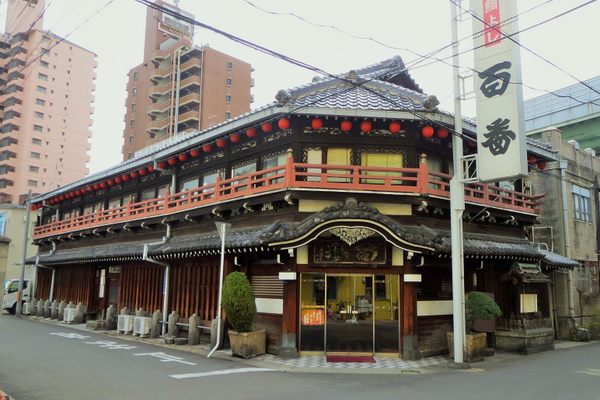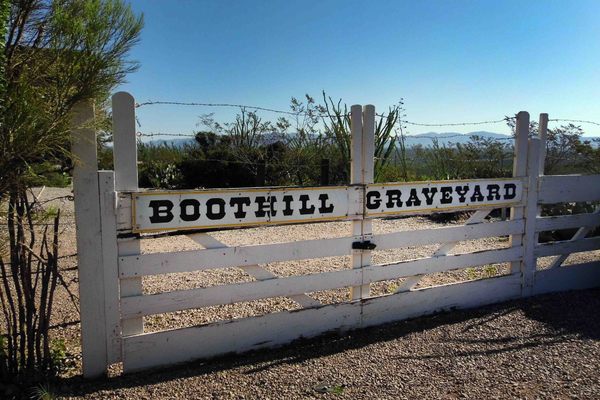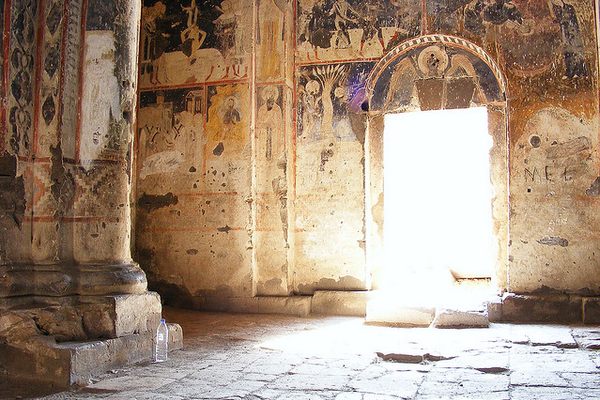Daisen Kofun
One of the world's largest ancient burial mounds.
To most of us, the Egyptian Pyramids and the Taj Mahal are the most iconic ancient tombs. But in Japan, unassuming burial mounds called kofun rival the Pyramids in size and yet are relatively unknown.
Built between the third and sixth centuries, kofun were burial mounds erected by emperors of Japan. Like the Egyptian pharaohs, the Japanese emperors were buried with valuable goods - bronze from China, pottery from Korea, and exquisite mirrors.
The largest kofun is the Daisen Kofun measuring over 1,500 feet long and over 1,000 feet wide. From the sky, the immensity of these keyhole-shaped tombs can be better understood. The entombed body lies in the circular part of the mound, which reaches to over 90 feet. The rectangular portion may have been used in part of the mortuary rites.
The Daisen Kofun presumably entombs Emperor Nintoku, the 16th emperor of Japan, but since the early 1970s the Japanese government has restricted further archaeological research.
The Daisen Kofun is one of many burial mounds in the Sakai City and the Osaka Prefecture. Forty seven kofun, including the Daisen Kofun, make up the Mozu Tumulus. The other kofun were built not by emperors but by other wealthy elites of a growing Japan. Historians speculate that the kofun were manifestations of an increasingly rigid social and economic hierarchy emerging for the first time in Japan at the time. Because of its historical significance, the Mozu Tumulus is currently on the list for UNESCO’s Tentative World Heritage Sites.
Today, three moats surround the tomb and the public is not welcome, but a walking path also encircles the tomb if a curious visitor wants to look. Mirrors and swords excavated from the tomb are currently in the permanent collection at the Boston Museum of Arts.















Follow us on Twitter to get the latest on the world's hidden wonders.
Like us on Facebook to get the latest on the world's hidden wonders.
Follow us on Twitter Like us on Facebook